My return to Japan this year came with special considerations that I haven’t had in a long time. For the first time in 8 years, my sister was joining on our family trip. On top of that, it was the first time in over 20 years she’d been to Japan without her girls.
My sister and I haven’t traveled together in a long time, so we wanted to take the opportunity to have a Sister’s Trip while we were there. With only a couple days to spare outside of visiting family throughout Japan, we decided to travel to Kanazawa, a quick 2 hours from Tokyo. After spending time in the larger cities in Japan with swarms of tourists, the idea of visiting an area “less found” seemed appealing.
The New Year’s Day earthquake in Ishikawa prefecture affected much of the region, but Kanazawa suffered minimal damage. The area was calling for tourists to return and I thought it would be a good opportunity to support the area at a time where many tourists were still staying away.
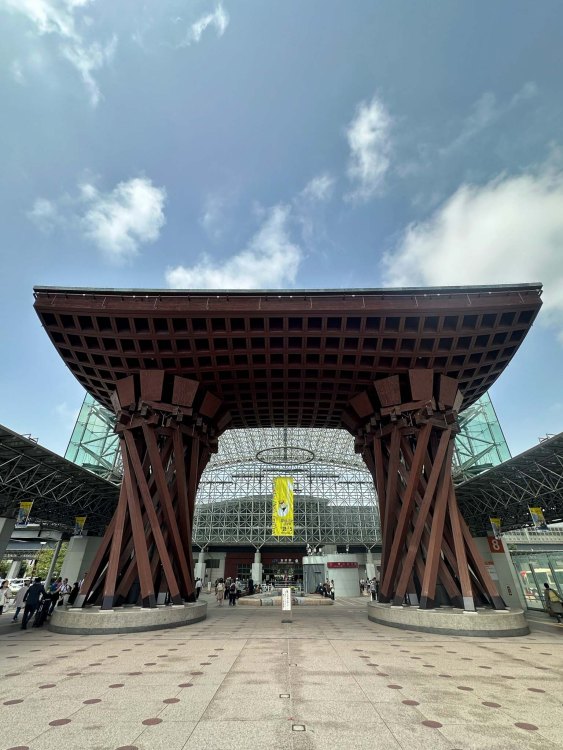
We arrived in Kanazawa early in the afternoon and with limited time to eat through my Kanazawa list, we went straight to eating.
The Omicho Ichiba Market was one of the reasons why I chose to visit Kanazawa. As one of the oldest and largest markets in Japan, in operation since 1792, it has an amazing array of local food products and still shopped at by area residents. The market is tourist friendly but hasn’t succumbed only to cater to tourists like some of the other more famous markets in Japan (ie Tsukiji, Nishiki).
Kanazawa is located facing the Sea of Japan, so naturally their abundance of seafood is something to sample. Kaisen don, an array of raw seafood on rice is a great way to sample this. Omicho Market has many options serving kaisen don, and while I had a couple of recommendations of musts tries, (which all had line ups), we decided to choose one that that was busy but had seats available for us to sit down.
The kaisen don was simply delicious with an array of seafood, including nodoguro (rosy seabass), local to the area. Nodoguro is a whitefish with decent fat content and something I’ve never seen before so I was happy to sample it. I’ll definitely keep my eye out for this at sushi bars in the future.

Another draw to Kanazawa was their billing as being “Kyoto-light”. With some of the best preserved buildings from the Edo period, Higashi Chaya is a well-preserved geisha district with beautiful tea houses. It reminded me of the Gion area in Kyoto without the hoardes of tourists.


In my ever-going quest to learn more about sake, I was curious to taste in Kanazawa as it’s a region known for their quality rice and groundwater. Founded in 1625, Fukumitsu is the oldest sake brewery in Kanazawa and conveniently located in the Higashi Chaya area. The tasting at Fukumitsu Sake Brewery took us through varieties of sakes using different rices, percentages of polishing and aging. It was a supremely informative experience, but as always, I feel in my quest to learn more about sake, I left feeling like the more I learn, the more I realize how much I don’t know.


I chose Soki Hotel to stay, initially because of its location right beside Omicho Market, but was then excited to learn it had an onsen. I’m a sucker for onsen-ing. which is funny because in my normal life, I hate baths. But in Japan, I onsen like it’s sport, often taking 3-4 plunges a day. I love the ritual of bathing in the mineral rich hot spring baths which always do such a wonderful job of relaxing my tired body and mind from travel.

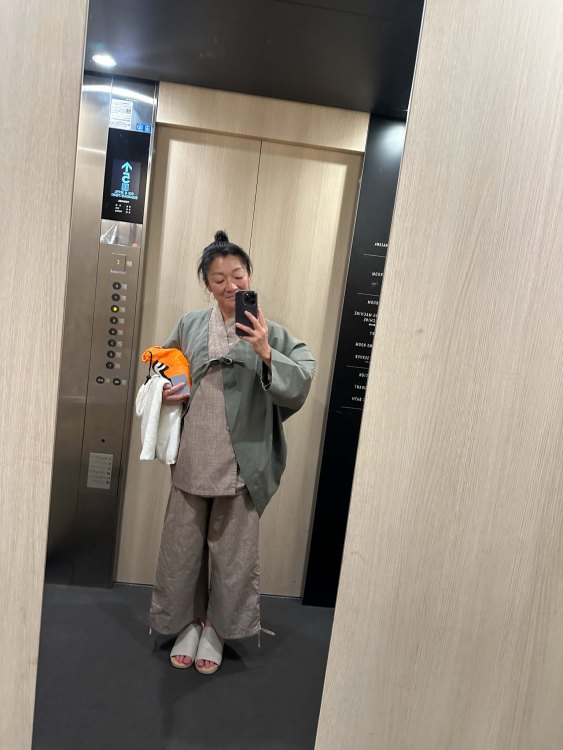
I wanted our night out in Kanazawa to start with a cocktail, and while I was hoping to visit Bar Furansu, it was closed for no apparent reason. Thankfully, I’d marked the nearby Bar Spoon on my map, so we stopped there for a drink. We were the only 2 at the bar, served a trio of little nibblies and were asked our preferences for the bartender to make us drinks to suit. While I felt the ¥1500pp (US$10) seating/cover charge was a bit steep, I loved the time and conversations we had with the bartender/owner who educated us in life in Ishikawa post-earthquake. It was incredible to hear how the Noto Peninsula, known for its incredible beef and seafood was still cut off to outsiders, and that the movement of the earth shifted land in such ways that there was a destruction to their shellfish sea beds. Unfortunately what this meant was there would be no availability to their amazing fresh products. Noto beef (one of Japan’s premium beef), was one of the reasons why I wanted to visit Kanazawa, but it looked like I would miss out on this visit.


We’d spent so much time at Bar Spoon, we missed out on a few restaurants I’d marked on my maps for dinner in the city. We were recommended to go for oden, and thankfully we learned from the bartender that going for oden, didn’t mean we would only be eating oden, (which my sister doesn’t love). Oden, most commonly translated as fishcake stew, is a delight of mine as it’s reminiscent of childhood New Year’s moments. It’s a my pleasure of minewhen I go to Japan (especially as a late night convenience store snack), but a love that’s not shared by all that I travel with.
We ended up at Miyuki Oden which was a great izakaya that specializes in oden. Unfortunately we had a hard time reading the oden menu that I felt could have led me to some treasures, so I chose the standards selections. Through google translate, we navigated through the menu to order and in the end had a great meal of deliciousness.


Taking advantage of staying next to Omicho Market, I decided that I wanted a seafood breakfast. Walking through the market the day before I noticed a few stalls selling seafood prepped ready to eat. What I appreciated about Omicho vs the bigger (more touristy) markets in Japan was that I was able to walk up without a line to enjoy in their offerings. Shimada Suisan looked enticing and it had me wanting to order one of everything.
I chose a giant oyster, female snow crab, uni and ebi. Everything was so fresh, flavourful and delicious. This was one of my favourite eating moments of the trip.


As we wandered through the market, Omicho Croquette caught our eye. Korokke are one of my favourite foods and the array they had was overwhelming. I settled on a few, and munched happily away on a creamy crab before heading out for the day’s adventure.
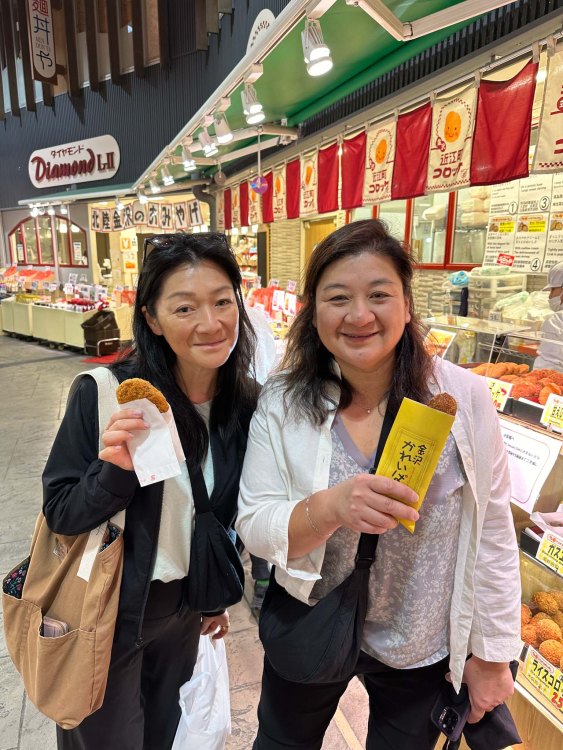

One of the things that drew me to Kanazawa was their 21st Century Museum of Contemporary Art. I rarely go to museums in Japan but this one was easily accessible, and my sister seemed keen as well. Unfortunately it was one of the few things in Kanazawa that had not re-opened after the earthquake, which we found out after our arrival. At least there were beautiful cherry blossoms to subside my disappointment.

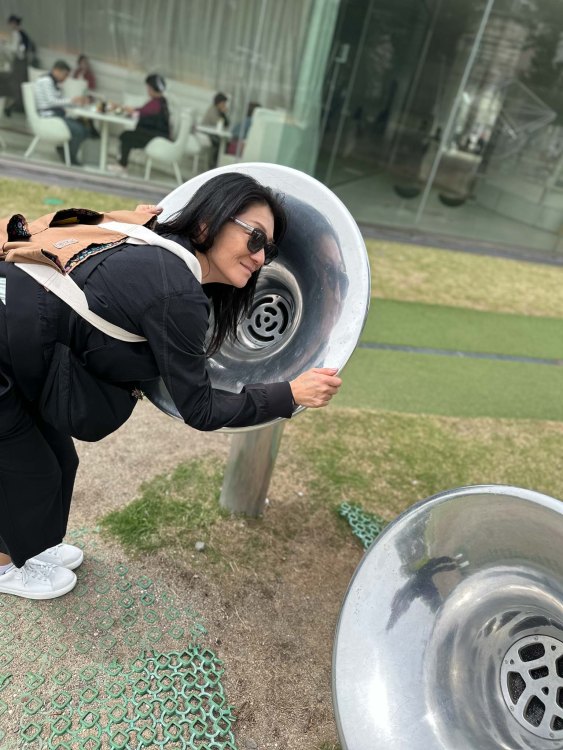
Thankfully next on our list was Kenrokuen Garden and just across the street. The gardens were beautiful to walk through on a sunny spring day. While we missed the full bloom of blossoms there were still a few trees in the park in bloom.

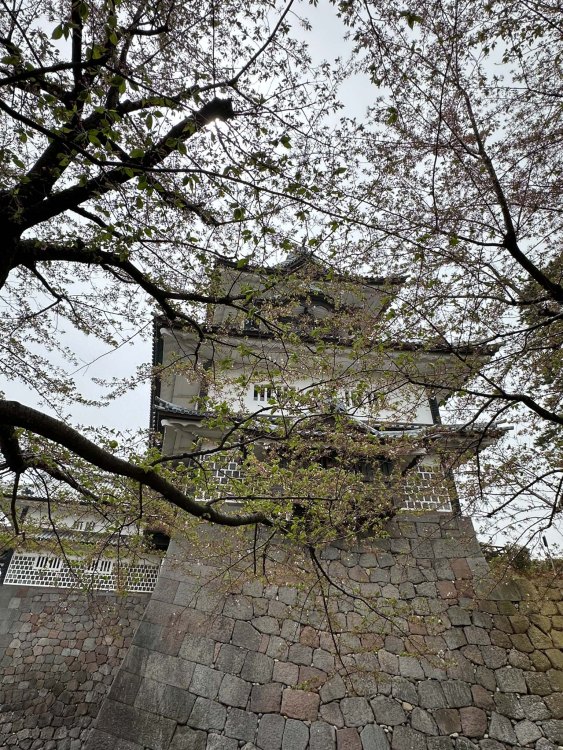


We went back to Omicho Market for one last bite before picking up our luggage to leave town. I decided the last thing I wanted to check off my Kanazawa food list was curry so we hopped in to Kanazawa Curry Lab.
Being a huge fan of Japanese curry, but rarely eating it when I’m in Japan, I thought this would be a great opportunity to try something new. Kanazawa curry is said to be darker and richer in flavour than other Japanese curries. It’s signature is that it’s thicker and can be eaten easily with just a fork.
I didn’t realize that Kanazawa’s famous Champion Curry shop was located in the basement of Omicho, but we had a great meal at the Curry Lab. I ordered their specialty black Keema curry with ebi fry, while my sister went traditional golden with pork katsu. Both were uniquely delicious, but in the end the Keema turned out to be a bit rich and I wish I’d gone with the golden as well. Another thing saved for next time I’m in Kanazawa, because I’ll definitely be back.


We left Kanazawa and a quick 40 minute train ride later, we arrived at Kaga Onsen, the 2nd stop on our sister’s adventure. Kaga Onsen is an area of hot springs towns just south of Kanazawa we chose for the evening. This area had just re-opened after the earthquake a few weeks before our arrival. Like I’d mentioned above, I love onsens and love even more checking into ryokan, changing into a yukata and being “forced” into relaxation for the stay. The area was incentivizing Japanese nationals to travel there and as a result, the ryokan was full, which meant the hotel’s public onsens were busy when I went to bathe. But my forethought of booking a room with private bath gave us the opportunity to bathe in the comfort of our room.
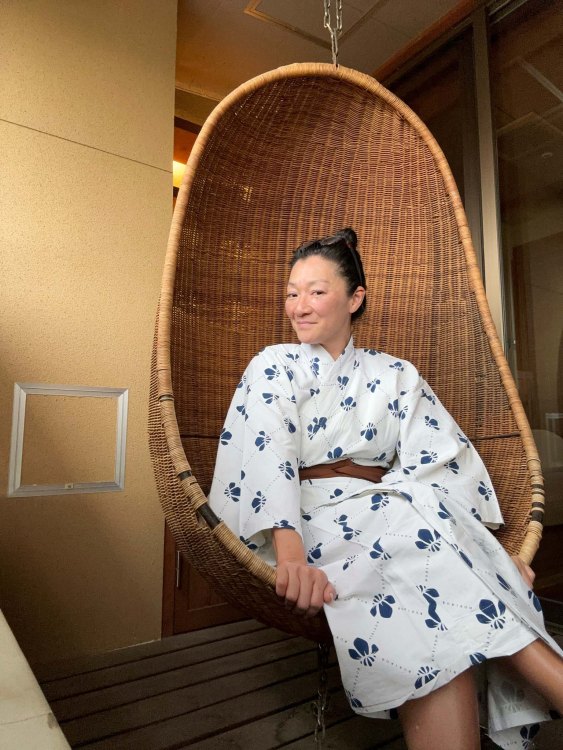
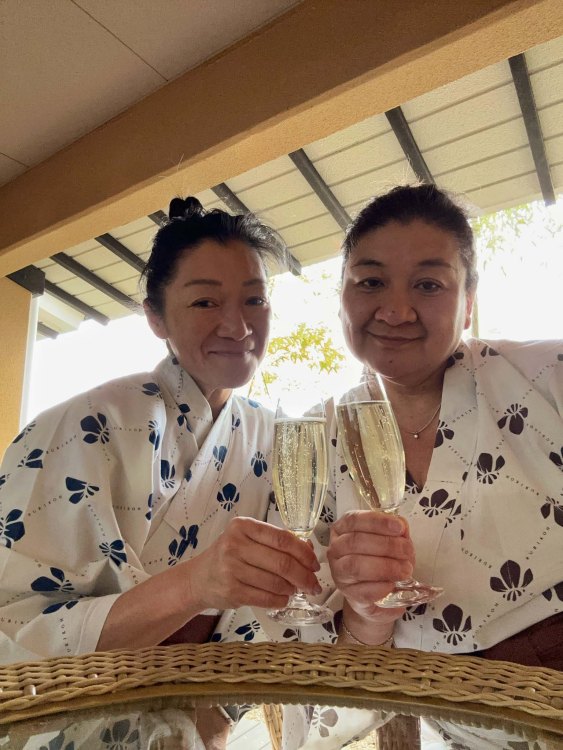
Dinner at Rurikoh featured an abundance of seasonal ingredients from the Kaga region. In addition to seafood & meat, the area is also known for their Kaga yasai (vegetables) which were featured prominently throughout the meal. We were even able to sample a few slices of Noto beef in our last course of shabu shabu.




Waking up in Kaga, I hopped into one last bath and over-indulged in a hearty Japanese breakfast. I was happy with our decision for this “sister’s side trip”. I was relaxed, rejuvenated and ready to take on the rest of my hectic Japan trip.

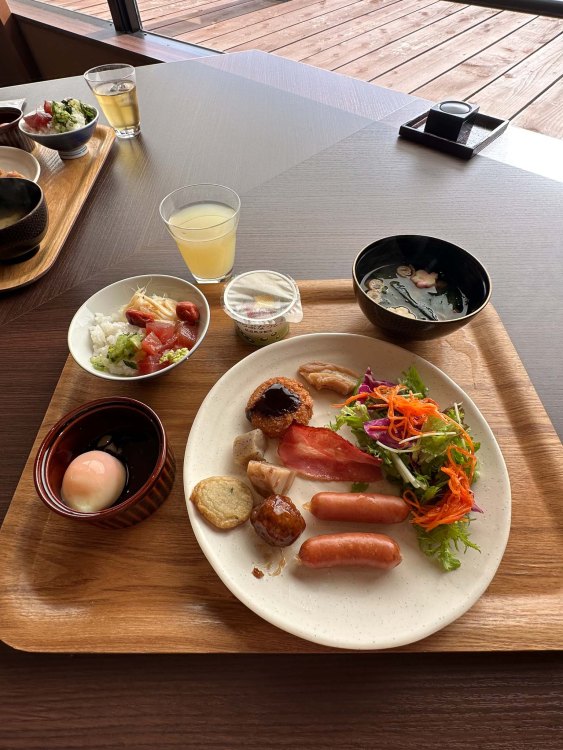

Places I visited in this post:
